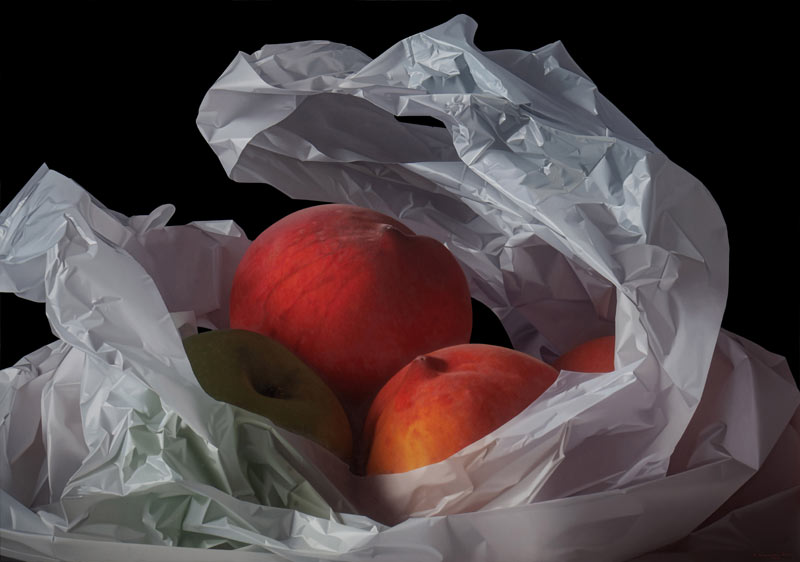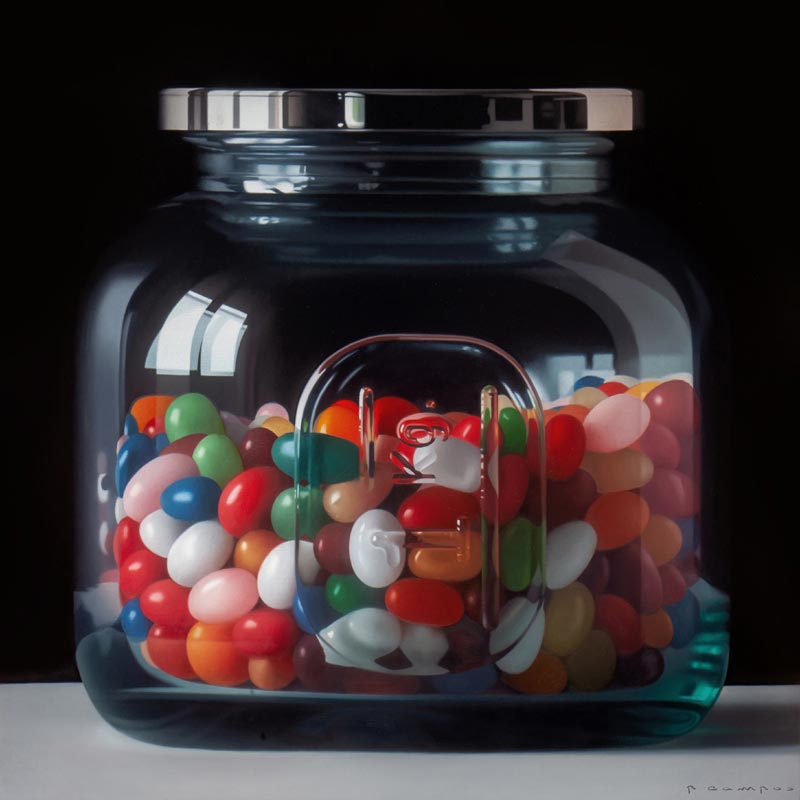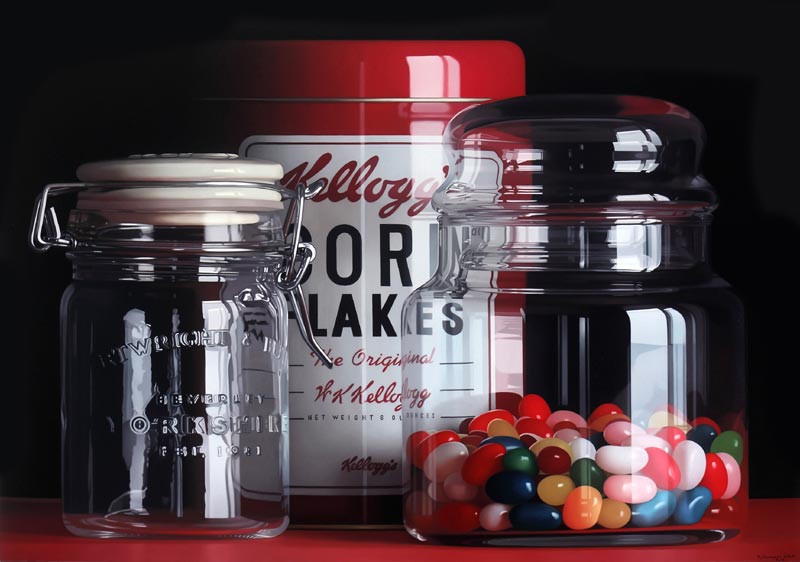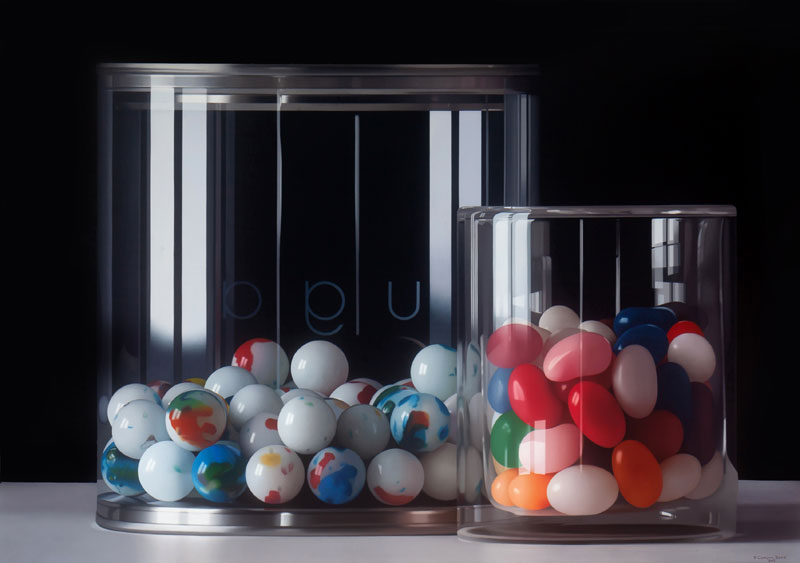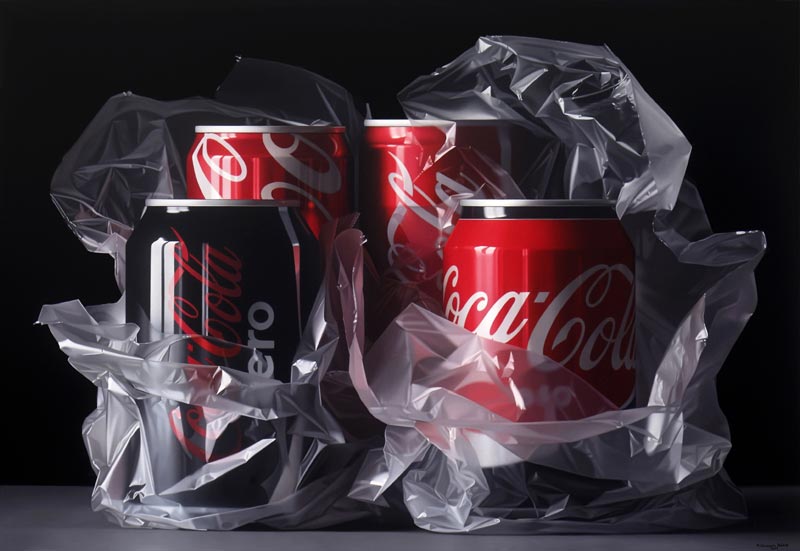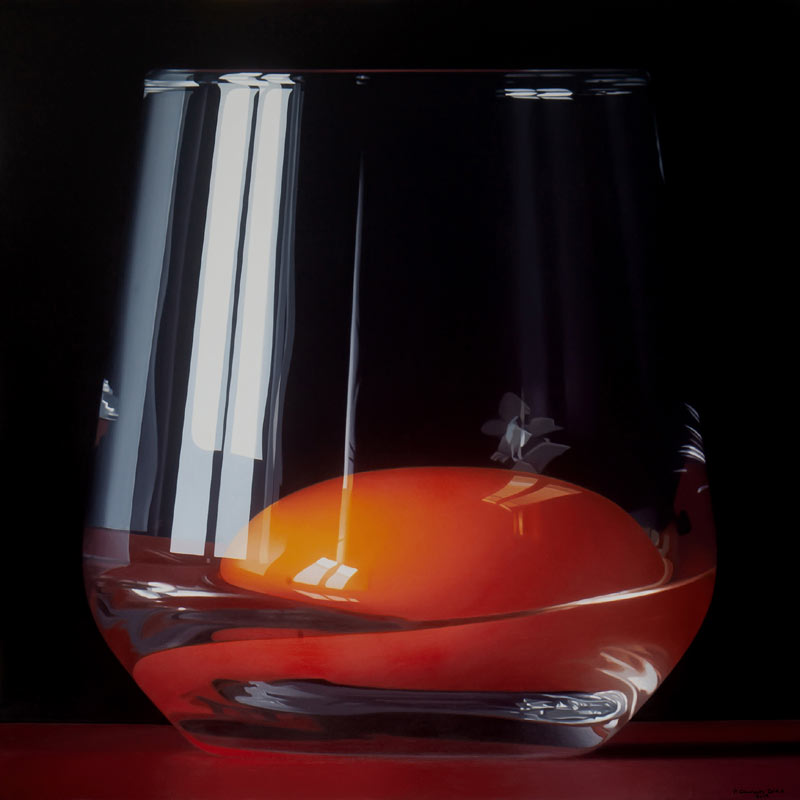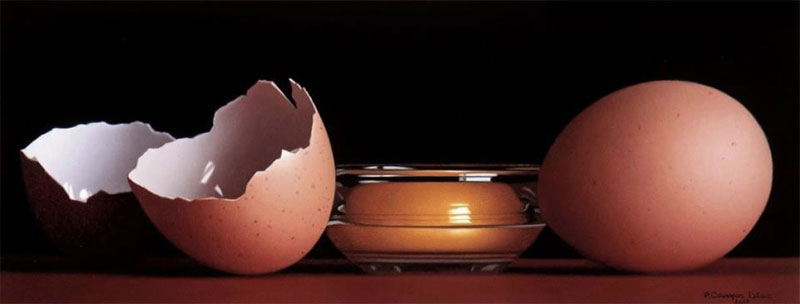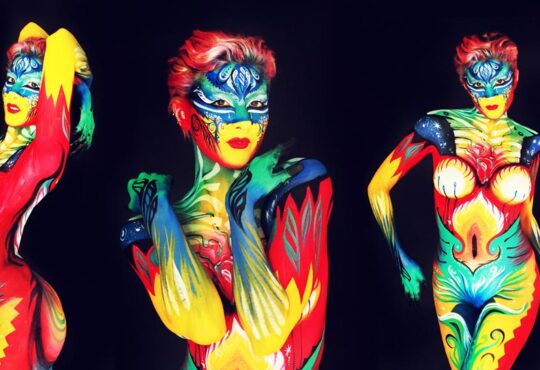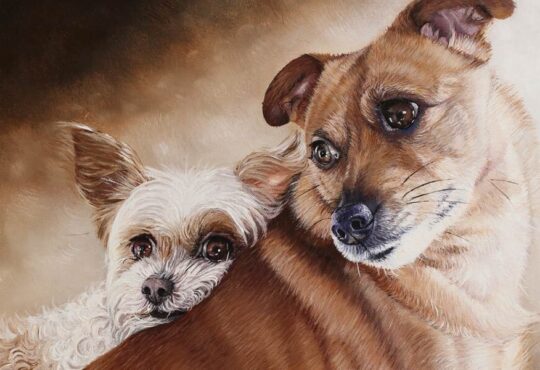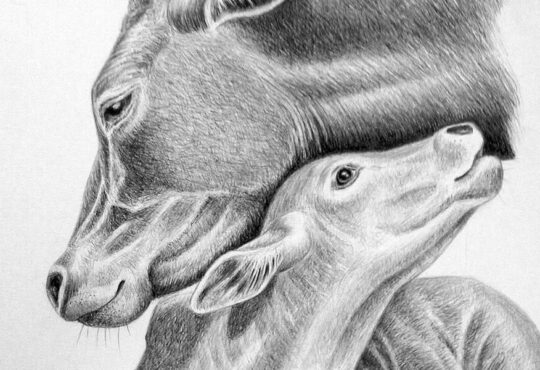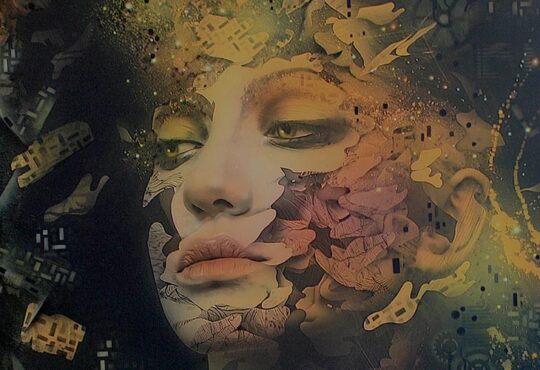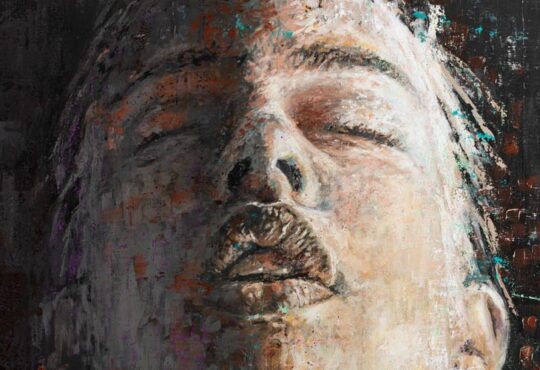The Mind Blowing Paintings of Photorealism Artist Pedro Campos
The paintings of Photorealism artist Pedro Campos, present a world that shines. He is from a family of artists; his father was an art teacher in his native Spain.
At school in La Coruña, instead of studying, he spent his days drawing caricatures of his teachers and friends. At the age of 18, he moved to Madrid where he worked decorating bars, restaurants and nightclubs. After completing his studies in restoration, he traveled extensively throughout Spain restoring paintings, frescos and sculptures from the XIII Century to contemporary works of art. At the same time, he worked in advertising as an illustrator, creating storyboards, concept boards and brand labels. These parallel activities influenced Campos and shaped the artist he is today.
His extensive knowledge – and use – of traditional materials and techniques used by the Old Masters, is clearly evident in his work, as he himself observes: “I think the influence of restoration in developing my own way of painting has been important. The restoration of lost areas in antique paintings forces you to seek exactitude in colour”. He also recognises that his time in the advertising world influenced his choice of contemporary subject matter. Coke cans, jelly beans, book titles, glass marbles, and fruit wrapped in plastic, are all recurrent themes in his paintings. His fascination with artists such as Lucien Freud, Richard Estes, Francis Bacon, and Anish Kapoor; is in their notable individuality rather than in their subject matter. What he admires in these artists are their unique and instantly recognisable styles.
At the age of 30, he finally took up oil painting and forged a career as a fine artist. His first steps were influenced by artists such as Antonio Lopez, Eduardo Naranjo and Cristóbal Toral, and led him to seek inspiration in very traditional Spanish subjects, such as urban scenes. In time, Campos’ painting evolved into a less classical, more innovative, and sometimes more photographic, type of work. He discovered the American Photorealists of the 1960s: Estes, Goings, Salt, Close, etc, finding this movement fascinating and refreshing. A world apart from the old-fashioned stereotype of traditional still life images: the challenge of this approach held a great attraction for him. As a result of this new interest, he started looking for subjects to paint in more mundane environments, such as supermarkets, DIY stores and off-licences. One day he saw some supermarket fruit in translucent plastic bags, and this was the beginning of his departure from more traditional painting and the start of experimenting with different objects and materials.
Campos acknowledges the photographic basis of much contemporary imagery and attempts to go beyond it: no attempt is made to hide the relationship between the painting and the photo. Here the camera is a tool for looking, as a brush is a tool for painting. The eye of the camera fascinates and inspires; the artist builds on the captured photographic moment. To reproduce and enhance the attributes of the photograph requires keen observation, patience, and extraordinary skill, and Campos displays great technical virtuosity. The dialogue between the artist and his source photo is embedded in the work: the examination of the photographic source and the decisions of the artist as to inclusion and emphasis, are recoverable when looking at the work. It is notable that photographs of these paintings are no substitute for seeing the real thing. Somehow, the painting goes beyond the photographic source, and the most successful works have an unearthly vividness and clarity. Hyperrealism is demonstrably selective when it comes to the characteristics of the source photograph, and responsive to its implications. Campos’ attitude to photography is more personal and more flexible than in the strict ‘Photorealism’ of the 1960s and 70s. In addition, the development of computers alongside digital photography has resulted in virtual manipulation of the original photographic image becoming part of the process of moving towards the desired, painted image, and the artist may now strive towards ideas of sensuous delight and visual beauty.
Campos says that the emergence of digital photography was a key factor in his new direction, as it became much easier and more affordable to make innumerable test images. Now he can take 300 photos of the same subject to find the picture he wants, which used to be impossible before. For him it doesn’t matter whether one paints from life or from a photograph, what is important is to achieve the desired result, which in his case is to be as realistic as possible, always within a personal and recognisable style. It is very important for Pedro Campos that anyone viewing his paintings should recognise his work at once before seeing his signature, rather than thinking that it looks like a photo.
Still life is the genre which is most controllable by the artist in terms of geometry, composition, and finish, and it is no accident that this is Campos’ preferred area of work. He likes to construct a certain kind of composition with absolutely clean surfaces, lighting and colour. He uses a very limited palette of colour, recently reducing this further to just red, black and grey. He says himself that he leans more towards still life, although sometimes, as in the painting “Legs”, he likes to add a different element or suggest a particular scenario within a composition, but the arrangement and colours are always clearly recognisable as his work. ~ @pedrocampos_art
